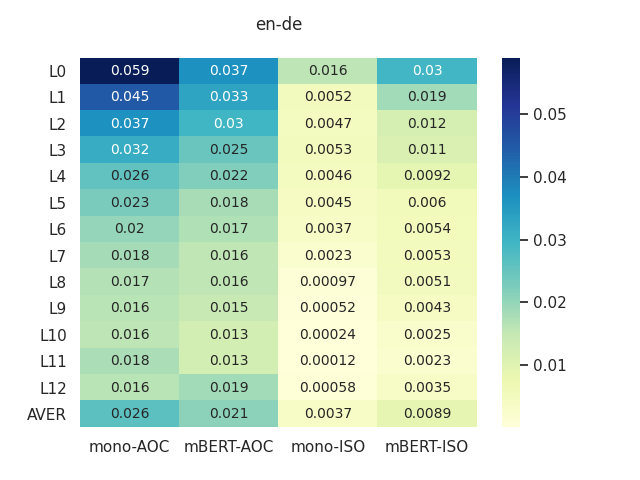Convolution over Hierarchical Syntactic and Lexical Graphs for Aspect Level Sentiment Analysis
Mi Zhang, Tieyun Qian
Sentiment Analysis, Stylistic Analysis, and Argument Mining Long Paper

You can open the pre-recorded video in a separate window.
Abstract:
The state-of-the-art methods in aspect-level sentiment classification have leveraged the graph based models to incorporate the syntactic structure of a sentence. While being effective, these methods ignore the corpus level word co-occurrence information, which reflect the collocations in linguistics like “nothing special”. Moreover, they do not distinguish the different types of syntactic dependency, e.g., a nominal subject relation “food-was” is treated equally as an adjectival complement relation “was-okay” in “food was okay”. To tackle the above two limitations, we propose a novel architecture which convolutes over hierarchical syntactic and lexical graphs. Specifically, we employ a global lexical graph to encode the corpus level word co-occurrence information. Moreover, we build a concept hierarchy on both the syntactic and lexical graphs for differentiating various types of dependency relations or lexical word pairs. Finally, we design a bi-level interactive graph convolution network to fully exploit these two graphs. Extensive experiments on five bench- mark datasets show that our method outperforms the state-of-the-art baselines.
NOTE: Video may display a random order of authors.
Correct author list is at the top of this page.
Connected Papers in EMNLP2020
Similar Papers
Introducing Syntactic Structures into Target Opinion Word Extraction with Deep Learning
Amir Pouran Ben Veyseh, Nasim Nouri, Franck Dernoncourt, Dejing Dou, Thien Huu Nguyen,

Weakly-Supervised Aspect-Based Sentiment Analysis via Joint Aspect-Sentiment Topic Embedding
Jiaxin Huang, Yu Meng, Fang Guo, Heng Ji, Jiawei Han,

SentiLARE: Sentiment-Aware Language Representation Learning with Linguistic Knowledge
Pei Ke, Haozhe Ji, Siyang Liu, Xiaoyan Zhu, Minlie Huang,

Probing Pretrained Language Models for Lexical Semantics
Ivan Vulić, Edoardo Maria Ponti, Robert Litschko, Goran Glavaš, Anna Korhonen,
